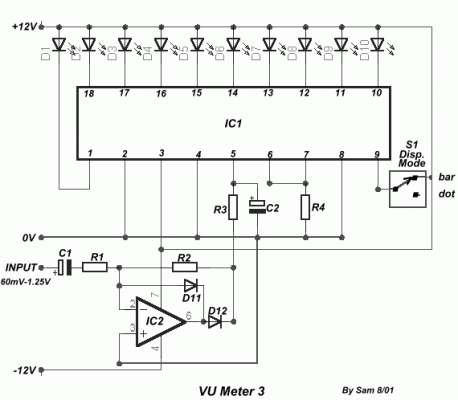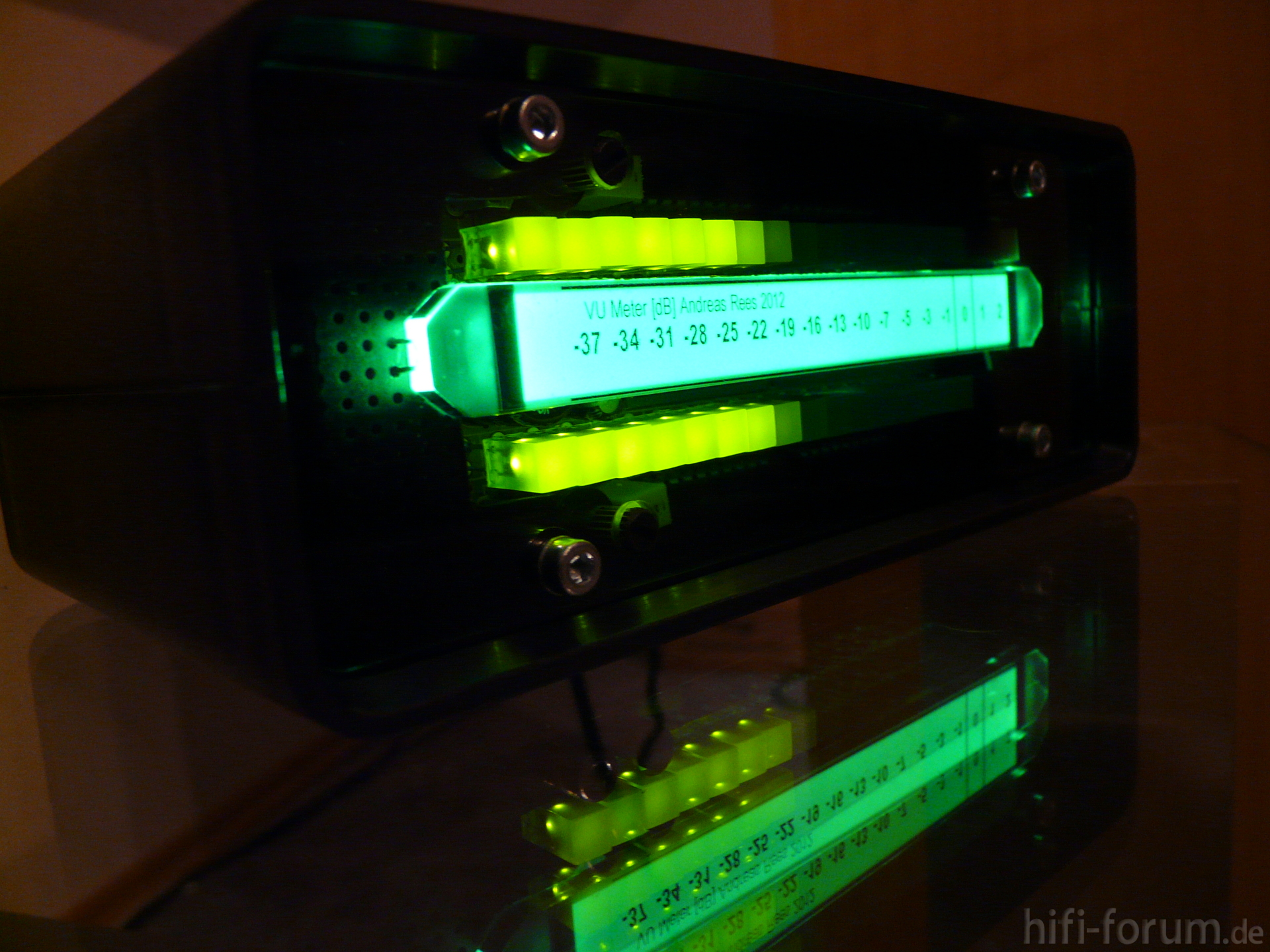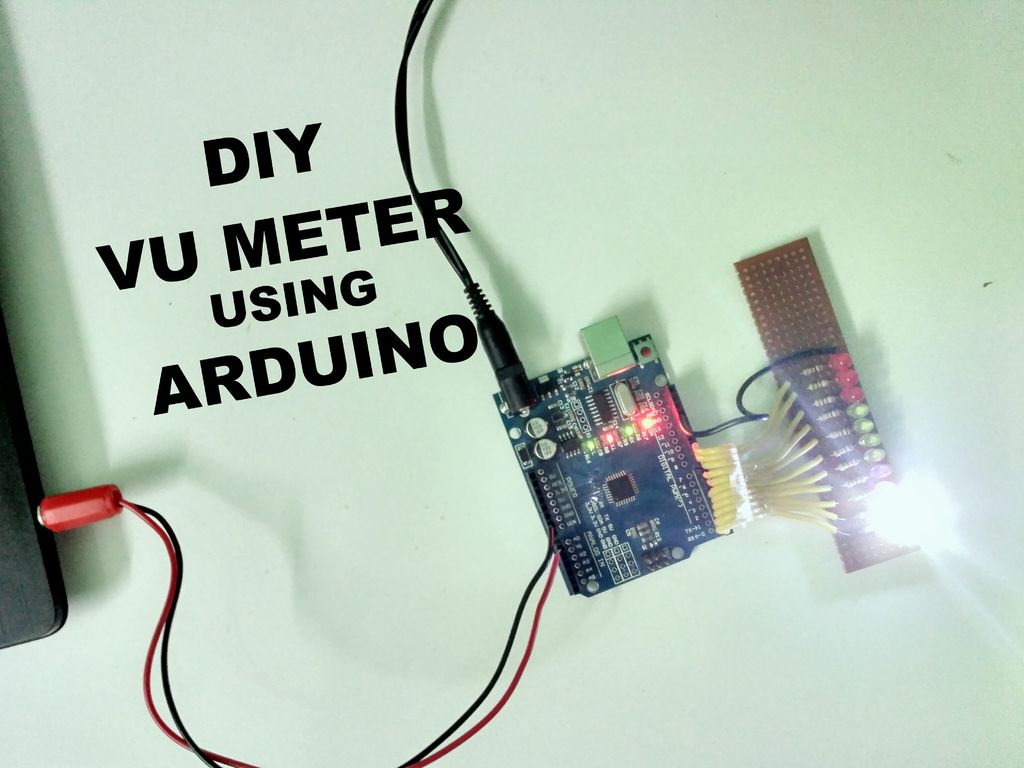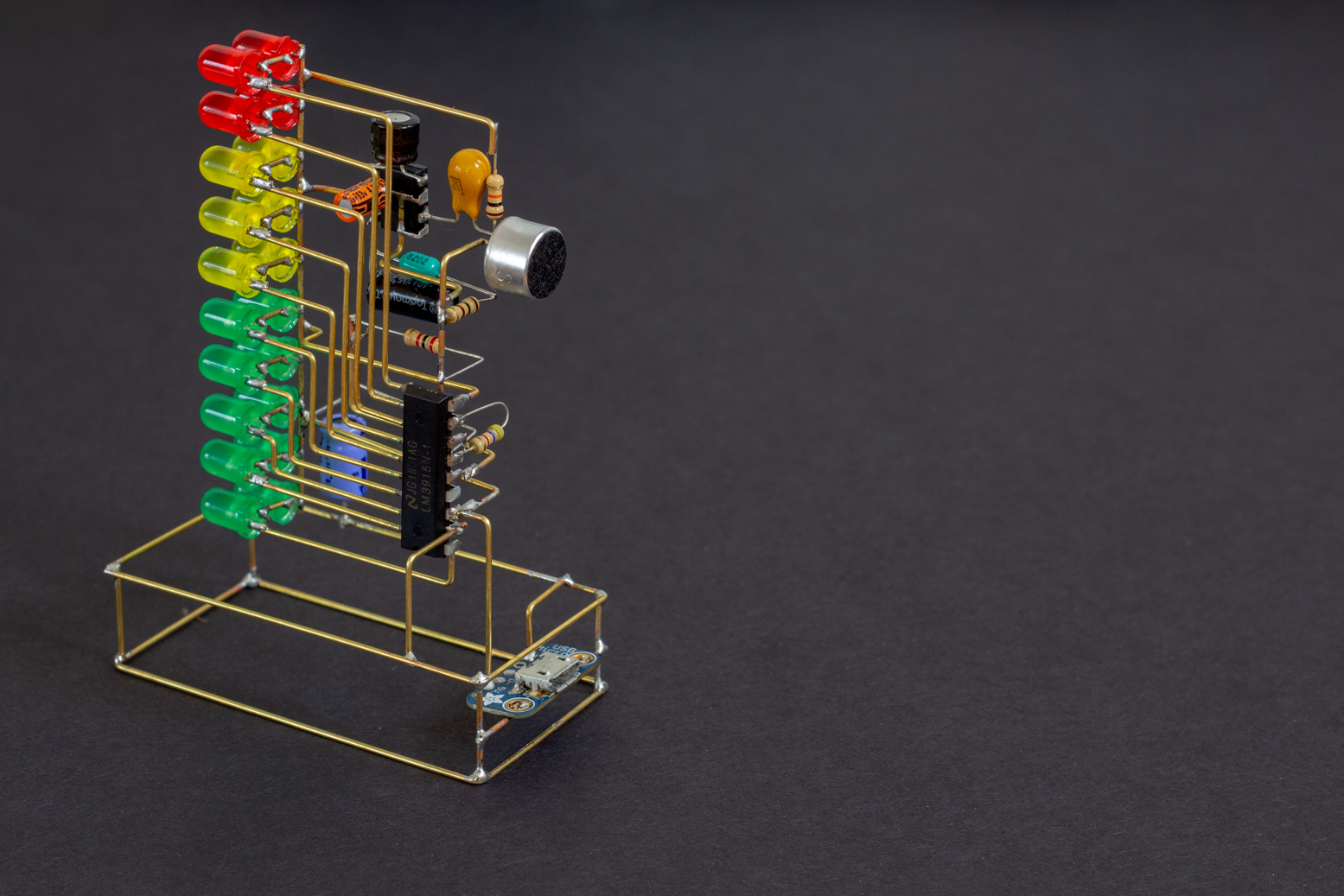

If you have a bassline that peaks at -5dB, and a drum loop that also peaks at -5dB, it does not mean they will sound balanced next to each other. (A peak meter doesn't do this very well.) Use RMS, or VU meters, to compare two sounds to each other and get a realistic picture of how loud they are. You need them to compare how much space a sound takes in the mix. VU meters (RMS) show you how loud a sound feels in real life. You already get this concept, it's obvious like a stop sign. Peak meters are simple to use, just keep the meter in the green and bring down the volume if it turns red. This is really important because digital audio has a hard limit and beyond that you get a particularly awful type of distortion.
#Vu meter how to#
Peak meters tell you how to avoid digital distortion. Why do you need them both? Because they do two different things. RMS means average, Peak means Peak and you need them both. It was originally a mathematical average taken from the square root of the signal voltage over time. A green dot next to each control indicates when the control is currently “Send to group” enabled, an orange one, when is “Send to all” enabled.RMS means "Root-Mean-Square". To change the default behaviour you can right click on the specific control and change its preferences. peak, Target, Mode, EBU mode, Auto and Color. This option is available for: Gain, Reference, Max. Many parameters of LU Meter MK2 can be copied across different instances of the plugin and this can be done within the same group (for example your drums) or every instance. HoRNet LU Meter MK2 comes equipped with our “auto gain” algorithm, this function lets you adjust automatically the gain of the track so that it’s never louder than the chosen level. Loudness metering can help you better judge the level of your master or your single tracks as it will be perceived by the ear and so mix quickly and better.



#Vu meter full#
While the default calibration of the meter is set to -18LUFS (Loudness Units Full Scale) the plugin allows you to change this reference so that you can aim for higher or lower levels depending on your needs. If the gain applied brings the peaks above the chosen safety level, it’s adjusted so that those peaks are at the chosen value at maximum. Since this meter measures loudness, single peaks may exceed 0 dBFS when auto gain is applied, for this reason we added a safety “peak protection”. Auto gain and metering operations can be carried over using EBU standard (summing all channels in a single reading) or as separate channels in a non standard way. HoRNet LU Meter MK2 implements the momentary, short term and integrated reading from the EBU R128 standard and applies the concept of “auto gain” to that measurement type, making sure that the signal never exceeds the chosen LU level. LU Meter MK2 is based on the concept of Loudness Units, a way of measuring audio that takes into consideration the human perception of sound so that the same level at different frequencies produces different reading on the meter. The HoRNet LU Meter MK2 is a digital loudness meter with auto gain staging and grouping functions, the redesigned and resizable GUI hides an intelligent tool that will improve your gain staging and mixing.


 0 kommentar(er)
0 kommentar(er)
